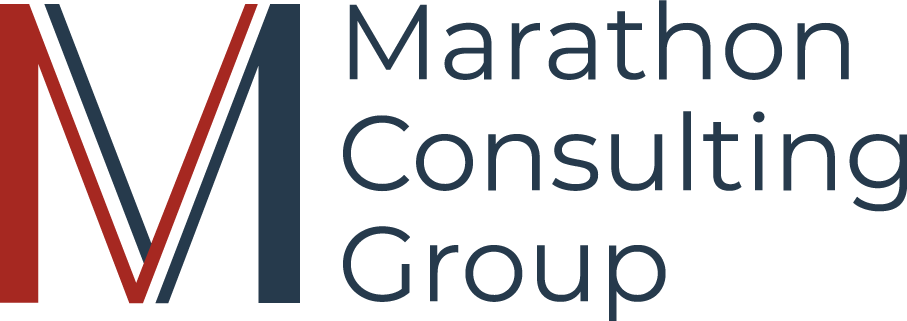Thoughtpaper
How Could Advancing Patient Safety be Accomplished More Effectively?
By Bruce O’Brien & Joseph Drago
In 2020, the Institute for Healthcare Improvement published Safer Together: A National Action Plan to Advance Patient Safety. Recommendation 17, Expedite industry-wide coordination, collaboration, and cooperation on safety, included “Model efforts after other industries that have successful public-private partnerships related to safety (e.g., civil aviation, and nuclear power).”
People are Dying
Patients, and their families, health care executives, insurance companies, and the federal, state and local governments, would all welcome progress that advances patient outcomes and lowers costs of healthcare in America. Since the 2000 seminal work on patient safety To Err is Human: Building A Safer Health System, the public, private and governmental sectors have struggled to meet the goals they had set to advance patient safety. In 2016, Johns Hopkins patient safety experts published a study using the preceding 8 years of data that concluded over 250,000 deaths due to medical error per year. The experts noted that medical error deathrate was the third largest cause of death in the country. Total cost of those errors is estimated to be greater than $29 billion per year.
Incident Reporting and Learning Culture
This article addresses one element of improvement processes, specifically, the basis and positive outcomes for a comprehensive incident reporting (IR) system as a part of a larger learning health system. A well-designed, management-supported, properly resourced-loaded IR system would advance patient safety and achieve outcomes that are similar to what the nuclear power industry has learned to be an essential element in a high-performing high reliability organization (HRO).
Recent research has documented reporting systems in healthcare detect 7-15% of adverse events (Reference: World Health Organization Patient Safety Incident Reporting and Learning Systems (2020)). An adverse event is an incident that results in preventable harm to a patient.
When management and staff do not report all incidents, including near misses, anomalies, or even “things” that just do not look right, the organization is missing learning opportunities to improve patient safety and cost performance. For example, an anomaly today may later contribute to a consequential event, such as patent harm. These incident reports provide important insights into work processes and behaviors.
- Work processes may need to be revised to be more robust.
- Supplemental education or revision of instructional information may be in order.
- Emphasis on ensuring human error reduction techniques may need to be reinforced.
- Unclear communication between staff may be an early indication that a relaxing of the organization’s standard of practice is occurring.
- Unavailability of medical equipment and supplies may be an early indication that maintenance practices and work processes need to be reviewed.
PDF Download
Case Studies




